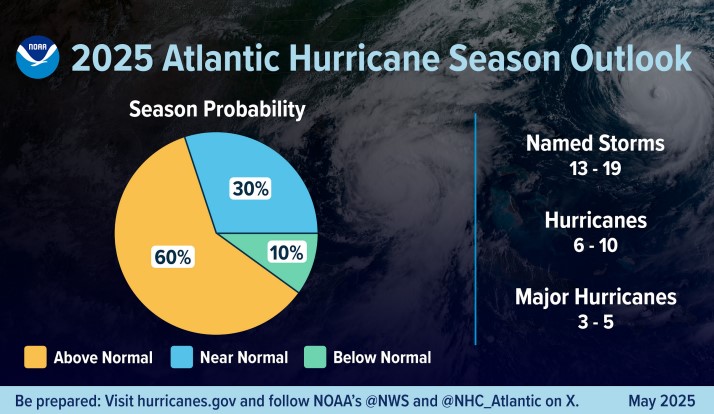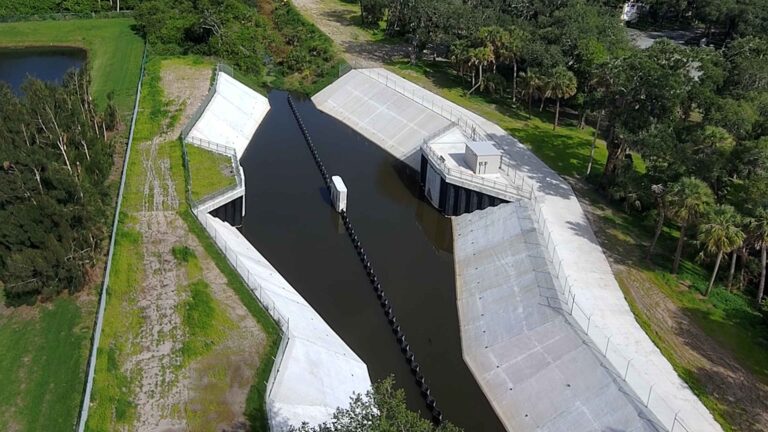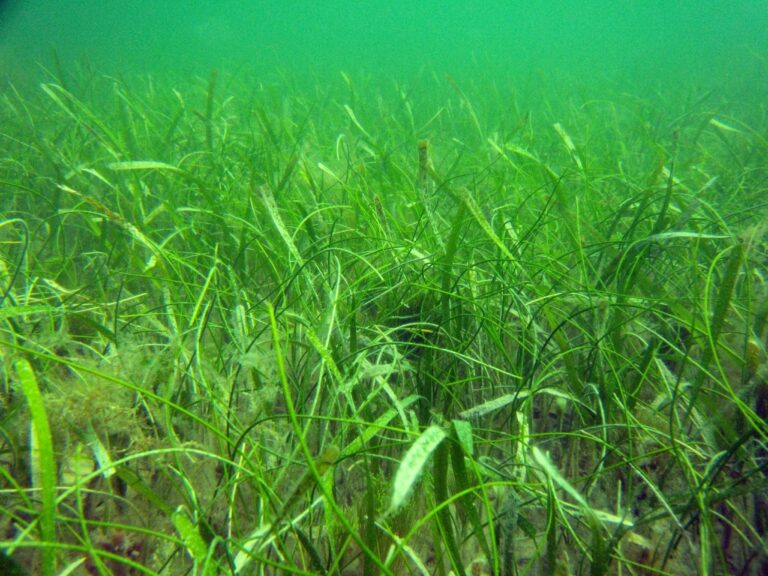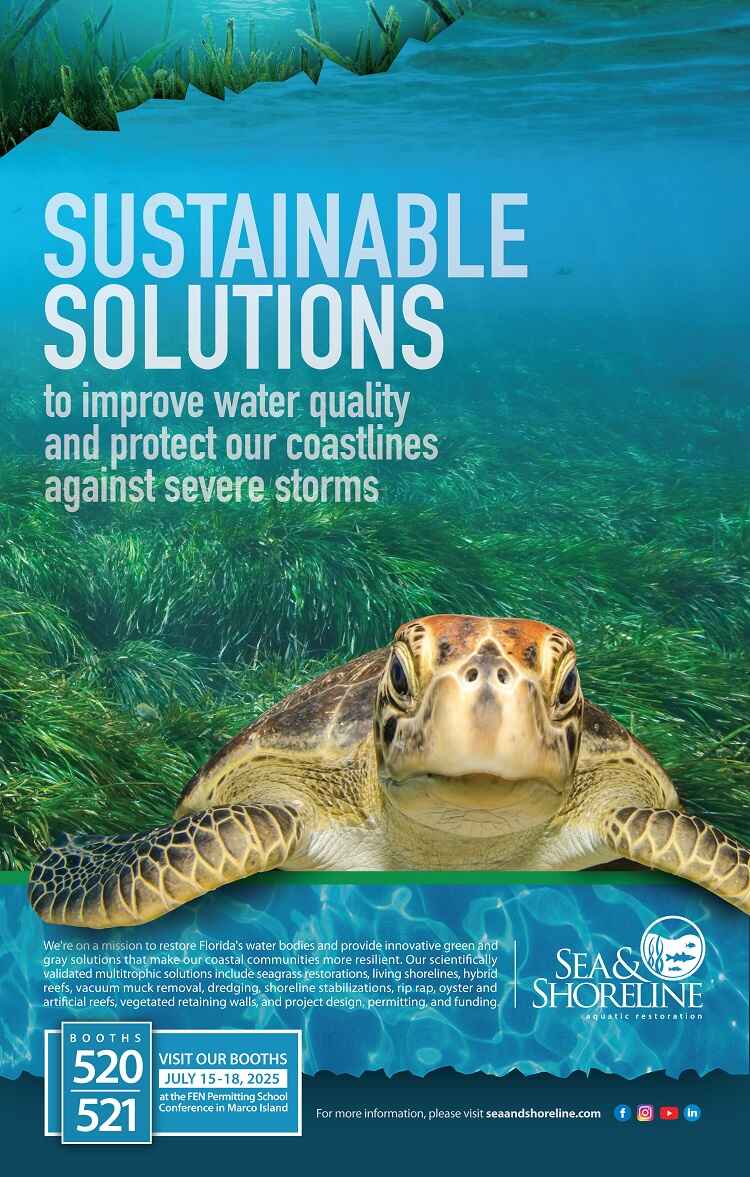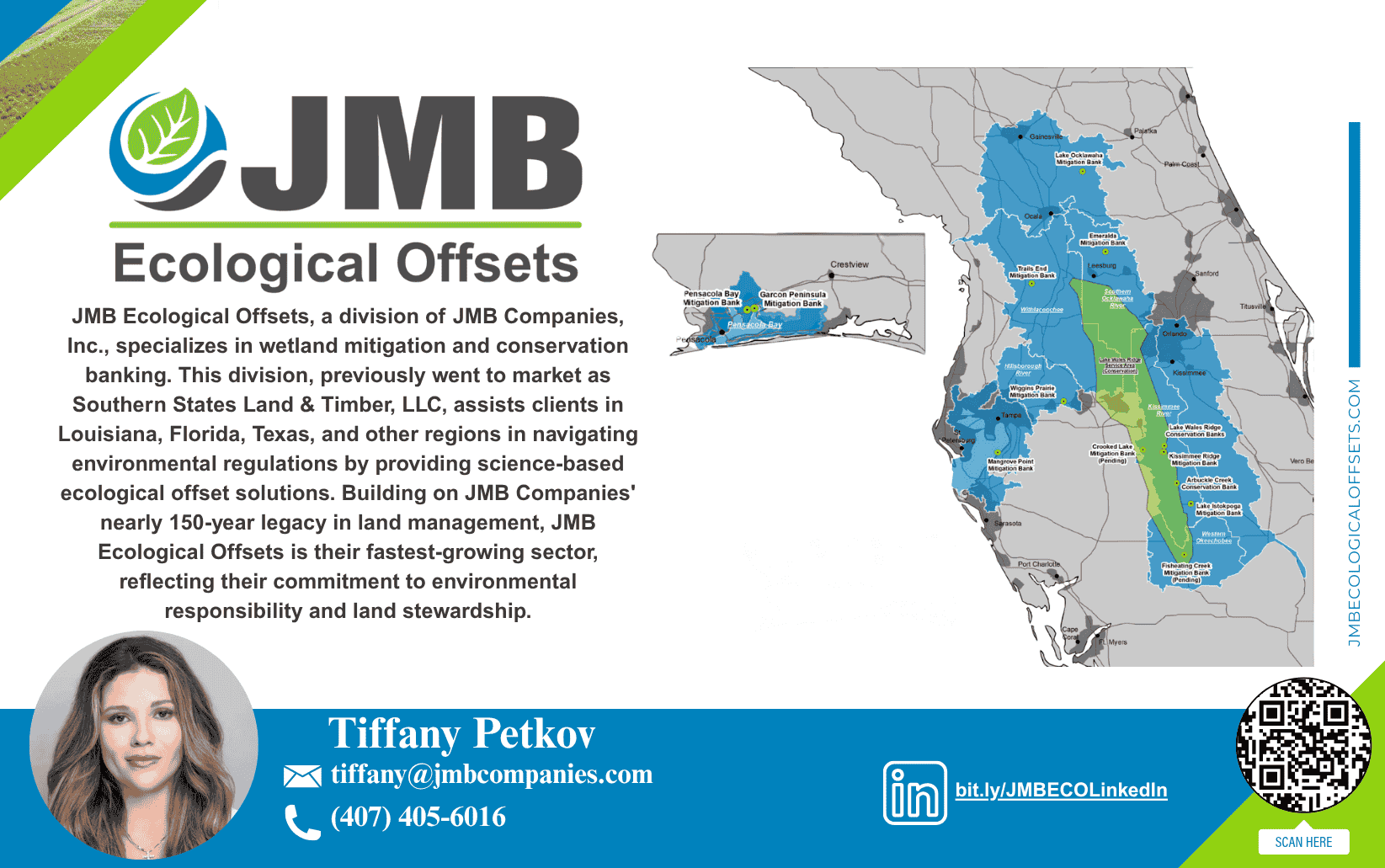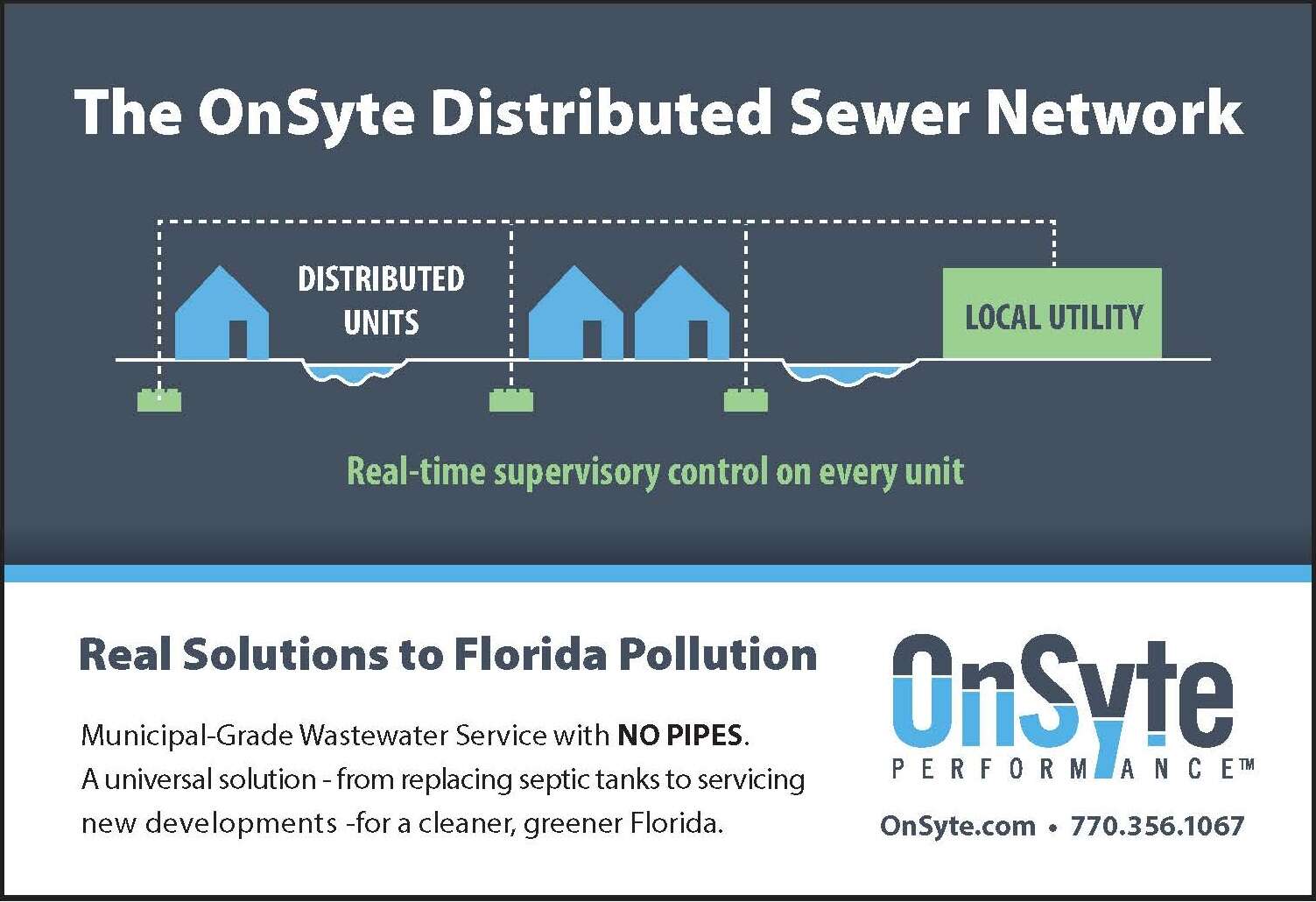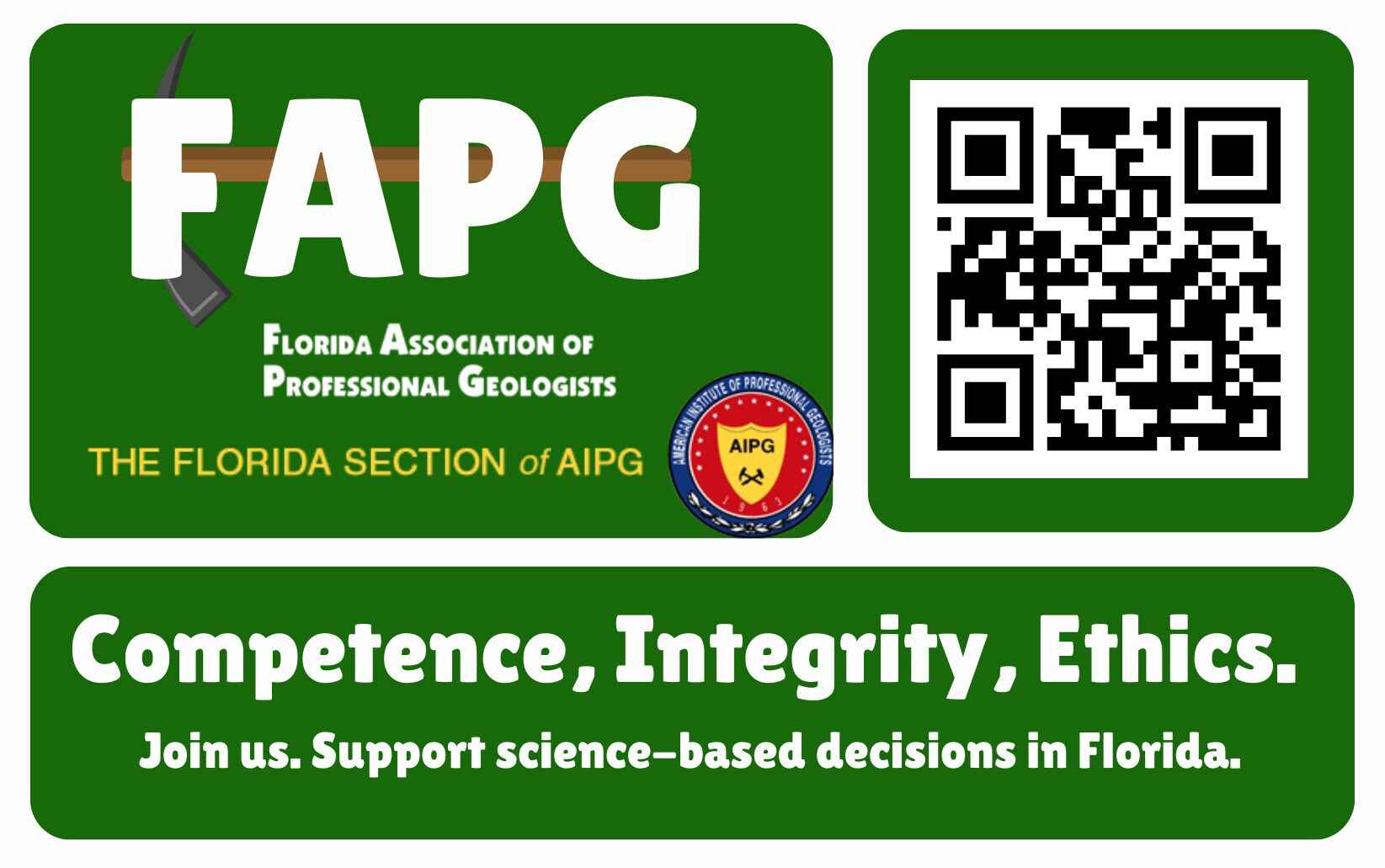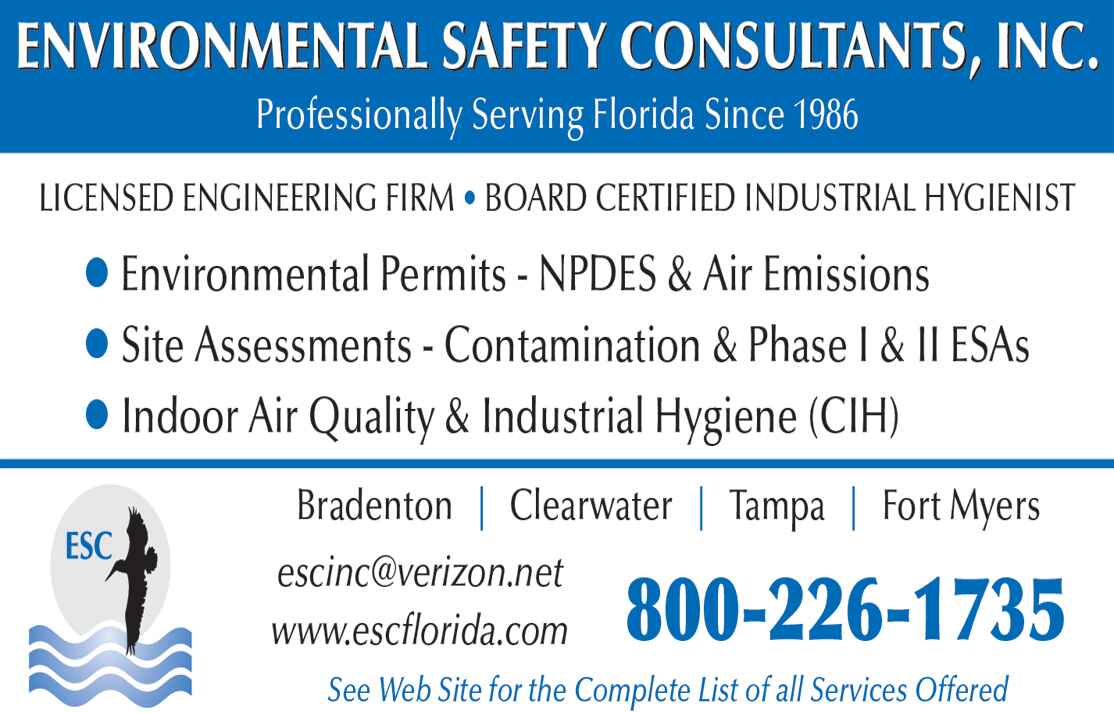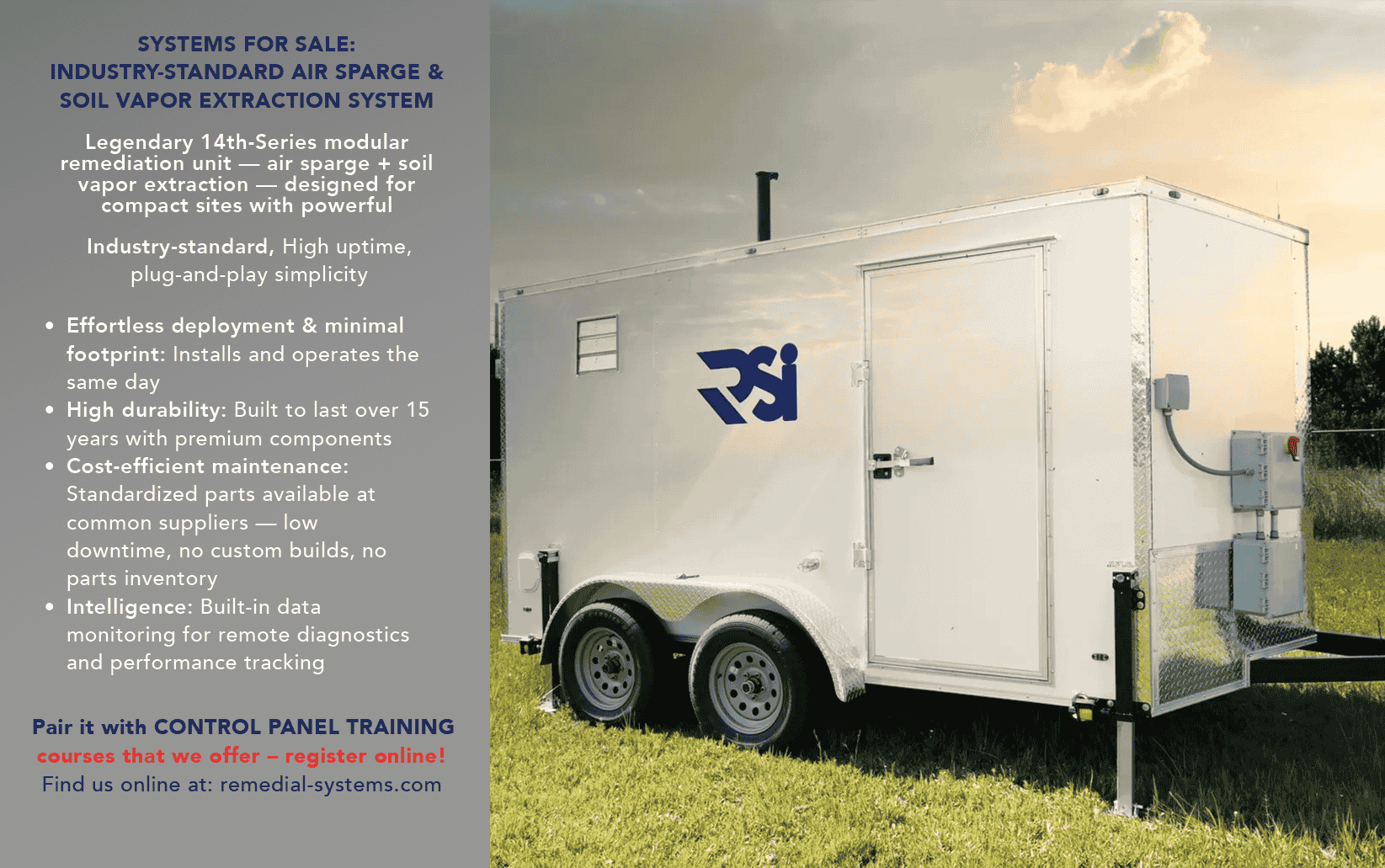By CHRISTIAN WELLS and NADIA LOCKE

What do you do when the soil and groundwater beneath your home are contaminated, and the environmental specialists estimate that the cleanup may take up to 50 years? This is what the residents of Tallevast — a small, historically Black town adjacent to the Sarasota-Bradenton Airport — learned when they discovered their drinking water wells had become poisoned with chlorinated solvents and other chemicals from a local factory.
That was 20 years ago.
Today, after decades of struggling with the daily challenges of chronic contamination, Tallevast residents have decided to stay put, clean up what they can, and redevelop. The question is: how?
It all started in the early 1960s when the American Beryllium Company set up shop along the main road in Tallevast to machine beryllium parts for the nascent aerospace industry driven by the Cold War and Space Race. Among the components manufactured were those used to construct NASA’s Hubble space telescope as well as nuclear weapons for the U.S. military.
Over time, hazardous waste spills at the company seeped into the soil, contaminating the groundwater all the way down to the aquifer, which residents relied on for their drinking and bathing water as their only source of water until the mid-1980s when public water supply first became available to some of the community. And even then, many chose to keep their private wells without knowing about the contamination.
Tallevast residents only learned of the problem in 2003 after filing a public records request with the state to find out why technicians hired by Lockheed Martin (which acquired ABC in 1996) were drilling groundwater monitoring wells on their properties.
What the residents discovered shocked them: trichloroethylene, 1,4-dioxane, and a host of other cancer-causing pollutants migrating in a fast-growing plume over 200 acres wide underneath the community. A health monitoring study commissioned by residents and funded by the Florida Legislature in 2012 found that those who lived in Tallevast since the 1960s for 10 or more years and used well water were eight times more likely to develop cancers of concern.
Overall, cancers in Tallevast are 36 percent higher compared to cancer indices in African Americans for Florida.
“When you hear about so many people in Tallevast having cancer and then some people who have moved away were dying with cancer, then you think about it,” said Carlene Jenkins, a Tallevast resident who used to work at ABC. “Did the contamination have something to do with all this?”
After quick and sustained action by a neighborhood nonprofit called FOCUS, drinking and irrigation wells were shut off, houses were switched to the public water supply, and a remedial action plan was developed and implemented by Lockheed Martin. The problem for Tallevast residents was that the plan involved only a “pump and treat” system (where groundwater is pumped from the subsurface, treated above ground, and then reinjected into the subsurface or disposed of in the public sewer) that was estimated to take up to 50 years to effectively remove all the contaminants from the groundwater. Efforts to test the soil and soil vapor were inadequate, at best, and did not include any cleanup or redevelopment planning.
Community members decided they needed outside help, so they contacted the Center for Brownfields Research and Redevelopment at the University of South Florida, which worked with FOCUS to apply for resources from the U.S. Environmental Protection Agency (EPA). The partners received funding from EPA’s brownfields program and brought in RES (Resource Environmental Solutions, LLC) to conduct environmental site assessment and reuse planning.
Since 2023, the team has been working closely with community residents and USF students to conduct assessments, develop cleanup plans, interview community residents about their experiences with the contamination, and create a vision for redevelopment for the community, by the community.
“It’s been a special privilege to work with the Tallevast residents on this project,” said RES Senior Geologist Paul Maxwell, who spearheaded the testing. “Knowing that you’re living on contaminated land can be uneasy. Hopefully, this testing can bring some peace.”
In 2024, the group held a day-long conference in Sarasota to unveil their redevelopment masterplan called “Planning to Stay: A Long-term Strategy for Stability and Growth.” The vision is to create a clean, safe, healthy environment for Tallevast residents to live and work. It calls for brownfields redevelopment that centers on community needs, including recreational space, health care, fresh foods access, and attainable housing.
“We’re tired. The community is tired. But we’re staying put,” said Laura Ward, co-executive director of FOCUS. We’re going to do whatever it takes to clean this up and get our lives back.”
Christian Wells is Director of the Center for Brownfields Research and Redevelopment at the University of South Florida and former president of the Florida Brownfields Association. Nadia Locke is Florida Advisory Services Manager at RES and former president of the Florida Brownfields Association.





